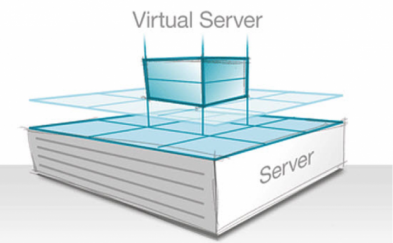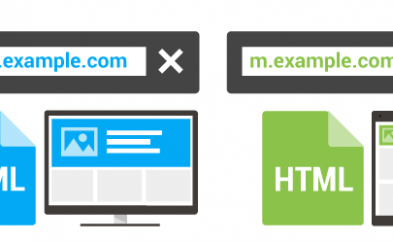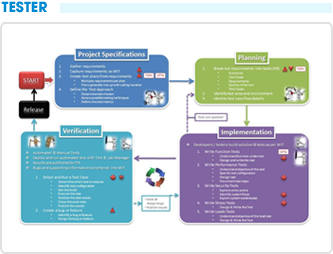024 38560777
Indirection (Toán tử lấy giá trị của con trỏ (*a))
Trong lập trình máy tính, indirection là khả năng tham chiếu một điều gì đó bằng cách sử dụng tên, [reference] hoặc container thay vì giá trị của chính nó. Hình thức phổ biến nhất của indirection là hành vi thao túng giá trị thông qua address. Ví dụ, việc truy cập vào một biến thông qua việc sử dụng con trỏ. Một con trỏ tồn tại khi cung cấp một tham chiếu đến một đối tượng bởi double indirection được gọi là indirection [node].
By English
In computer programming, indirection is the ability to reference something using a name, reference, or container instead of the value itself. The most common form of indirection is the act of manipulating a value through its memory address. For example, accessing a variable through the use of a pointer. A stored pointer that exists to provide a reference to an object by double indirection is called an indirection node. In some older computer architectures, indirect words supported a variety of more-or-less complicated addressing modes.
A famous aphorism of David Wheeler goes: "All problems in computer science can be solved by another level of indirection"; this is often deliberately mis-quoted with "abstraction layer" substituted for "level of indirection". Kevlin Henney's corollary to this is, "...except for the problem of too many layers of indirection."
Humorous Internet memorandum RFC 1925 insists that:
It is easier to move a problem around (for example, by moving the problem to a different part of the overall network architecture) than it is to solve it.
(corollary). It is always possible to add another level of indirection.
Object-oriented programming makes use of indirection extensively, a simple example being dynamic dispatch. Higher-level examples of indirection are the design patterns of the proxy and the proxy server. Delegation is another classic example of an indirection pattern. In strongly typed interpreted languages with dynamic datatypes, most variable references require a level of indirection: first the type of the variable is checked for safety, and then the pointer to the actual value is dereferenced and acted on.
Recursive data types are usually implemented using indirection because otherwise if a value of a datatype can contain the entirety of another value of the same datatype, there is no limit to the size a value of this datatype could need.
When doing symbolic programming fr om a formal mathematical specification the use of indirection can be quite helpful. To start with a simple example the variables x, y and z in an equation such as z = \sqrt{ x^2 + y^2} can refer to any number. One could imagine objects for various numbers and then x, y and z could point to the specific numbers being used for a particular problem. The simple example has its lim itation as there are infinitely many real numbers.
In various other parts of symbolic programming there are only so many symbols. So to move on to a more significant example, in logic the formula α can refer to any formula, so it could be β, γ, δ, ... or η→π, ς ∨ σ,.... When set-builder notation is employed the statement Δ={α} means the set of all formulae — so although the reference is to α there are two levels of indirection here, the first to the set of all α and then the second to a specific formula for each occurrence of α in the set Δ.
Like Doanh nhân số







































